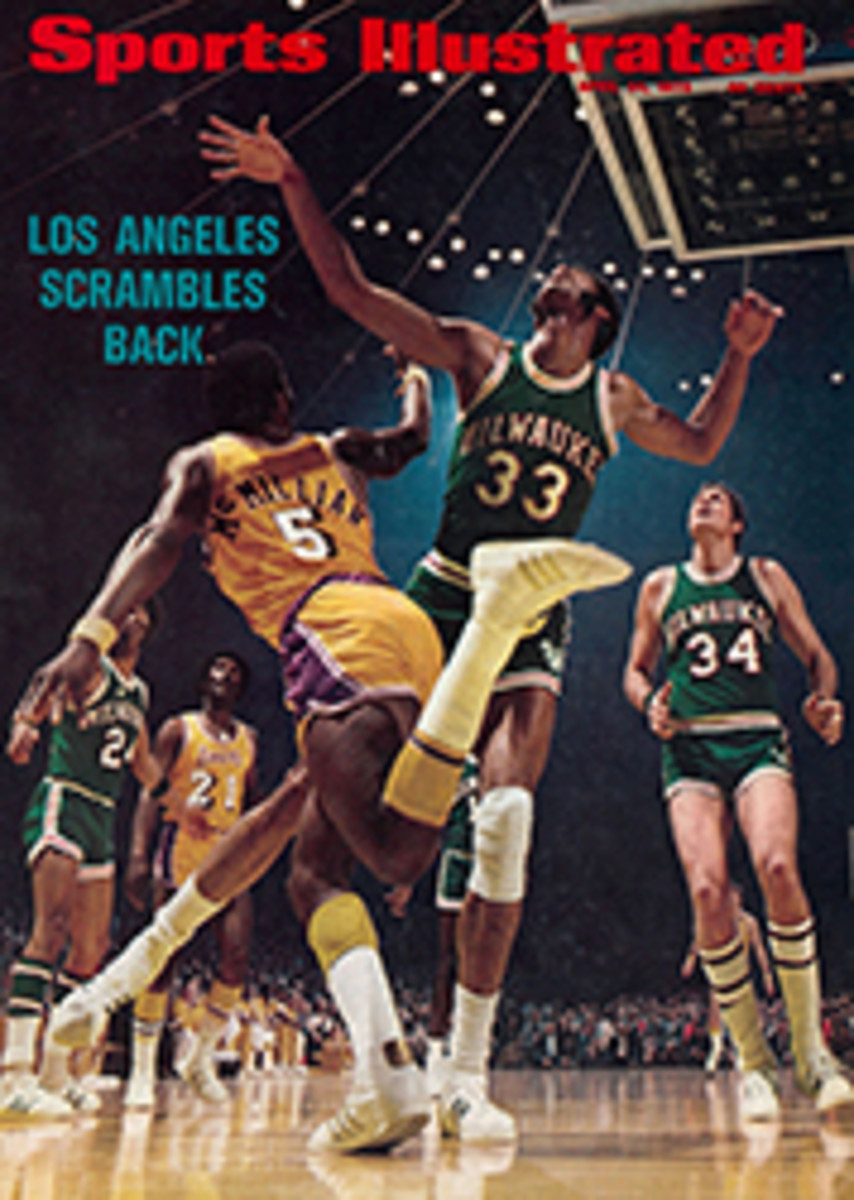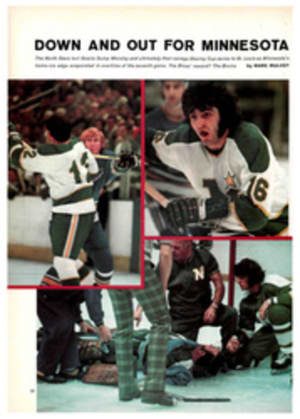
Time once again for mushroom fiends to start beating the bushes of Boyne
A different breed of hunter, the morel mushroom seeker, invades the woods of northern Michigan each year at this time, arriving on the heels of departing ski bums and just before the rainbow trout start leaping. The wave zeroes in on Boyne City, the resort hamlet at the head of Lake Charlevoix, in the northwest corner of Michigan's lower peninsula—the self-proclaimed Morel Mushroom Capital of the World.
This year, as for the past 13 years, they are attracted by the Annual National Mushroom Picking Tournament, swarming in from New York, Ohio, Connecticut, Kentucky, Ontario and Key Colony Beach, Fla.—well, anywhere mushrooms are eaten and revered. Last year 426 gourmets arrived; this year should be bigger despite the fact that fewer mushrooms were picked in 1971 than in any of the previous 12 years of the contest.
Early May is supposed to be the time for the morels in Michigan, but it didn't work out that way last year. Cold, dry weather that drove the trout and smelt off their feed also discouraged the morels, which need large doses of rain and warmth before they begin emerging. Even when they do pop up, they are not easy to spot.
That's part of the challenge, of course. Mrs. Betty Standen, of Cleveland Heights, Ohio, who won a prize for her mushroom maneuvers last year, says she sniffs for morels. "The mycelium puts out a distinctive fragrance," she explained. "The mycelium is the mother plant, which remains underground. It is like the trunk of an apple tree and the mushroom is the fruit." When Mrs. Standen hunts she ambles along, sniffing and poking the ground here and there, and when she plucks a morel, she gives a laugh of joyous triumph. Last year her 15 mushrooms won her $60 in prize money.
The alltime champion is a native of Boyne City, Stan Boris, who picked 915 in the 90-minute time limit two years ago. He represents a different school of fungi finders, applying a combination of speedy footwork and sharp eyes. Last year he shot out of the starting line like a rodeo bronco, and returned 90 minutes later, breathless and sweating but, unfortunately, empty-handed.
Gregg Smith, a local editor, started the mushroom hunt 13 years ago, and has watched it grow into an institution. It starts on a Saturday at 10 a.m., when registered contestants line up in cars at Boyne City High School, behind a fire engine and car bearing the Mushroom Queen. They parade through the center of town, sirens wailing, then head east for the secret hunting grounds, passing the streams Ernest Hemingway fished in his youth.
Some 15 miles out of town they stop, and the hunters are given their instructions and an officially stamped shopping bag. They have 90 minutes in which to hunt and pick, and they are fined five mushrooms for every minute they are late getting back. The tournament is open to anybody between 10 and 60, and to anyone over 60 who can produce a doctor's certificate attesting to his physical fitness.
The scarcity of morels at the 1971 tournament caused a good bit of grumbling. Hunters complained that they had been cheated (by whom? God?) and wondered what the Chamber of Commerce does with all the money it takes in (registration is $2). A harassed Chamber official said he was sorry about the dearth of mushrooms, and that maybe the hunt should have been put off a week or so. But, he added, they tried that once with unsatisfactory results. "The mushrooms appeared when they were supposed to and by the time the tournament started they had dried up and blown away," he said.
Do the pickers occasionally come up with a poisonous mushroom? Dr. Marcus Sheffer, who lives in Northville, Mich., says he's been eating morels for 23 years and never found one that made him sick. "Of course, you've got to know your mushrooms and it is most unwise to eat a wild mushroom if you don't know what it is. Some are very dangerous and can even kill you. The most dangerous are full of muscarine, a virulent poison. The best antidote is atropine."
True morels are safe, although there is a danger of overindulging, since morels are usually sautéed in butter and are therefore loaded with cholesterol. People over 40 are advised to proceed with restraint.
The weather on this part of the Michigan shore tends to be a shade brisk this time of year, so travelers and potential mushroom hunters are advised to come prepared. Boyne City is not exactly long on tourist accommodations, but there are several surrounding communities (Traverse City is the largest) that offer comfortable lodging at reasonable prices. North Central Airlines flies into Traverse City, and even Boyne City has several connections from places like Detroit, Flint and Sault Ste. Marie, Amtrak has abandoned the state north of Detroit, but Greyhound still plies its highways.
The pursuit of the morel calls for resourceful, and not always rewarding, effort. As last year's women's champion, Mrs. Standen, says, "They are about the best-camouflaged plant in the forest. But sometimes if you look up the slopes of hills you can see them poking up, lifting the leaves above them." Unless it's been a dry spring.

